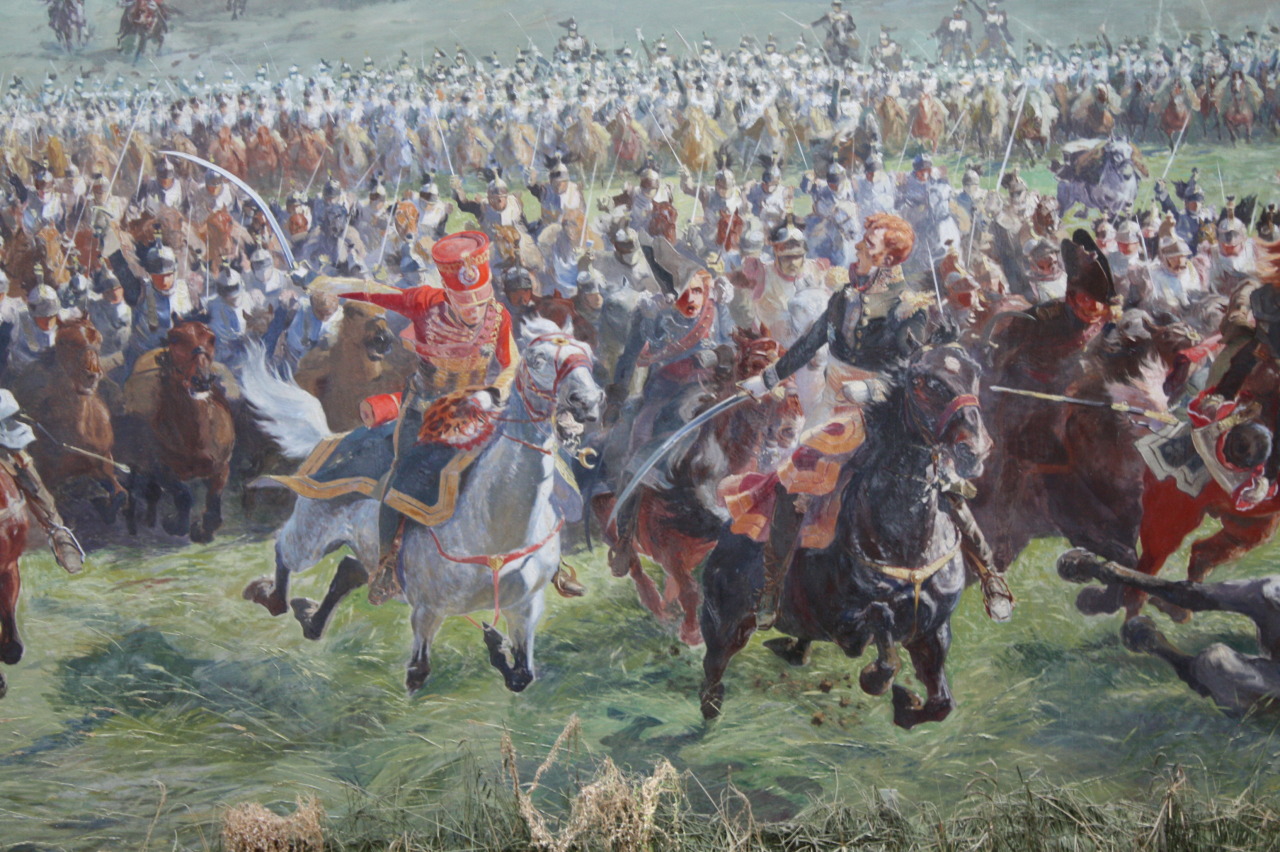

It would appear that a further 24 guns were allocated by Napoleon to support d’Erlon’s attack from the Guard artillery, although the specific order has not survived. This discrepancy of eight guns is explained, in that he did not include Durutte’s battery, as this was (he presumably thought) was to be engaged against the Papelotte area.Īlthough Desalles was informed that he would have command of 80 guns, he fails to explain where the rest of the guns would have come from, perhaps indicating that they were either never allocated or at least (more likely) were not under his direct command. However, Desalles records that he had been given command of ‘a battery of 80 guns, which was to be composed of all my six pounder batteries, my twelve pounder reserve battery, and of the reserve batteries of the 2nd and 5th Corps which would actually give me 54 guns, of which twenty four would be twelve pounders’. We know that Napoleon had supplied 24 reserve guns to the battery, whilst I corps had 4 divisional batteries totalling 24 x 6-pounders and 8 x 5.5 inch howitzers, and a horse battery of 4 x 6 pounders and 2 x 5.5 inch howitzers, giving us a total of 62 guns.
SCOURGE OF WAR WATERLOO CAVALRY CHARGE FULL
The guns were certainly massed for effect, but initially being little more than the guns lining the left wing of French army, so we can accept that there was a Grand Battery of sorts, indeed some now claim (following this argument to its full conclusion) that there was one huge Grand Battery stretching across the entire front of the French army.

As the guns were therefore more of a congregation of individual batteries (although boosted by a number of reserve batteries) it is a moot point whether it can be called a Grand Battery. The length of front covered by the batteries was around 1200 metres as the frontage of an 8-gun battery was normally in the region of 90 metres, therefore it can be seen that there would have been only small gaps between each battery, as depicted by Craan.

However, Captain Kincaid of the 95th Rifles was in such a position and he described in his memoirs, that ‘innumerable black specks were now seen taking post at regular distances in its front, and recognising them as so many pieces of artillery’ Many of the British troops described the French preparations for the attack, although it is actually unclear how many truly had a view of the French line, given that most of the allied troops were stationed on the reverse slope. The Dutch Cartographer Craan indeed shows eleven batteries on his map of Waterloo, placed at intervals along the front of I Corps, but unfortunately, they are not named. This is further supported by Mauduit, who states that ‘To protect this exposed attack, ten batteries ….

He records that Napoleon ‘had given me command of a battery of 80 guns’, so, we now have some evidence for a Grand Battery. It is therefore fortunate that Andrew Field has recently brought it to prominence in his Waterloo – The French perspective.ĭesalles begins by describing the orders he received soon after 11 am from the Emperor’s aide de camp Labedoyere, whilst he was in the presence of Comte d’Erlon. Now, this established a battery of 18 x 12 pounders and 6 x 6 inch howitzers to batter Wellington’s line in advance of Mont St Jean, but this in itself does not establish the existence of a Grand Battery of more than fifty cannon.īeyond this statement, we unfortunately have very few French sources for the arrangement of the cannon of I Corps during this attack, but one that does exist is of immense importance, being that of Marechal de Camp Desalles, who was no less than the commander of I Corps artillery at Waterloo and yet his statement is rarely quoted in regard to this subject. We know from his Memoirs that Napoleon ordered at 11am that the 12-pounder batteries of II and VI Corps would mass with that of the I Corps, that these 24 guns would bombard the troops holding Mont St Jean and that Comte d’Erlon would commence the attack, by first launching his left division, and when necessary, supporting it by the other divisions of the I Corps. What is the evidence for the Grand Battery? Did it actually exist? If it did, how many guns were involved? And where was the battery positioned? These questions have been argued over for two centuries and I will attempt to explain my view of these issues, utilising the latest information, but I certainly am not stupid enough to think that I will settle the argument for ever and I will as always welcome alternate views. One of the enduring questions from the Battle of Waterloo remains the Grand Battery placed on Napoleon’s right wing to soften up the opposition and to support the attack by Comte d’Erlon’s Corps in the first major attack of the battle. The Massed Battery at Waterloo – A Review of the Evidence


 0 kommentar(er)
0 kommentar(er)
